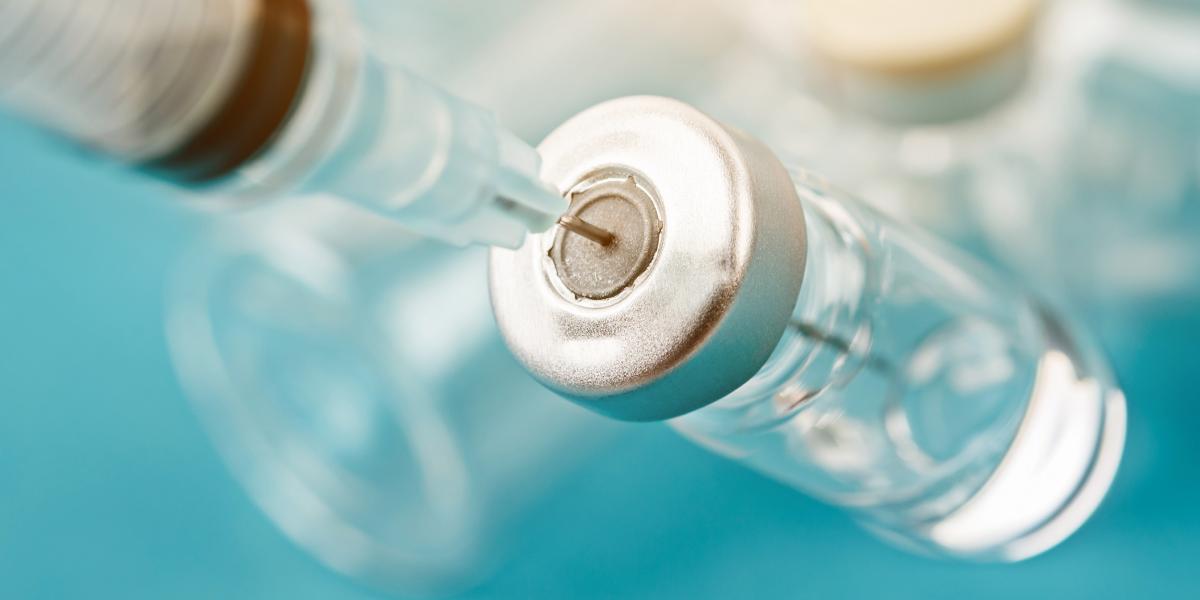Developing a Vaccine for SARS-CoV-2
A return to normal requires a vaccine for the novel coronavirus. What will it take to get one?
As reopening measures begin across the U.S. and the world, it becomes increasingly clear that the road to normal—a time without social distancing, masks, and quarantines—will be a long one. Barring the discovery of an effective treatment, only a readily available and easily administered vaccine will allow a return to former ways of life.
The good news is that more than 125 vaccines are currently in development, according to the WHO. But most of these vaccines won’t make it to clinical trials, and many of those that do won’t be effective or safe enough to achieve licensure, says Peter Hotez, MD, PhD, dean of the National School of Tropical Medicine at Baylor College of Medicine. He adds that predictions that a vaccine could be ready by the fall are unrealistic. “We won't see our first COVID-19 vaccines until late 2021 at the earliest,” he says.
To make a vaccine, scientists must first understand the structure of the virus, how rapidly the virus mutates, and whether those mutations affect the immune response, says the Center for Immunization Research's Kawsar Talaat, MD, an assistant professor in International Health. A potential vaccine must then undergo rigorous testing. The quickest a vaccine has been developed to combat a novel pathogen is four years. And there are still no effective vaccines for some pathogens, such as HIV.
To make a vaccine, scientists must first understand the structure of the virus, how rapidly the virus mutates, and whether those mutations affect the immune response.
Vaccines work by teaching the immune system to identify and destroy a pathogen. Some contain proteins from the outside of a virus, such as the spiky protrusions that give the coronavirus its name. Almost all of the COVID-19 vaccines, including one Hotez’s lab is developing, work by inducing neutralizing antibodies against the spike protein. Others use a weakened live virus, or an unrelated virus that delivers genes into cells (a viral vector). A more recently discovered technique uses mRNA from the pathogen to prompt the creation of antibodies; while promising, this technique has not yet been used to make a licensed vaccine.
Prospective vaccines typically undergo several rounds of testing: first in animals, then in about a dozen people, and then in hundreds, and, finally, in thousands. Each of these stages generally takes months to years. Some scientists have proposed expediting the process by combining the second and third stages of testing.
While vaccine makers hope to speed through testing in record time, assessment of safety is also a critical part of these clinical trials, says Ruth Karron, MD, a professor in International Health and founding director of the Johns Hopkins Vaccine Initiative. “It’s important that the vaccine induce the right kind of protective immune response,” she says.
As clinical trials move forward, we will learn more about the kind of immunity needed to protect against severe COVID disease and how long protection lasts. We’ll also learn whether revaccination will be necessary, which may depend on the length of protection and how much the virus mutates over time. If it mutates rapidly, people might need to get vaccinated for the virus each year, much as we do for the flu. Fortunately, preliminary studies indicate that SARS-CoV-2 mutates slowly.
That so many vaccines are in the pipeline is a hopeful sign, says Talaat. “It’s good to have many candidates entering the field so we can choose the ones that will be most effective and safest,” she says.
